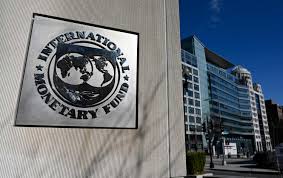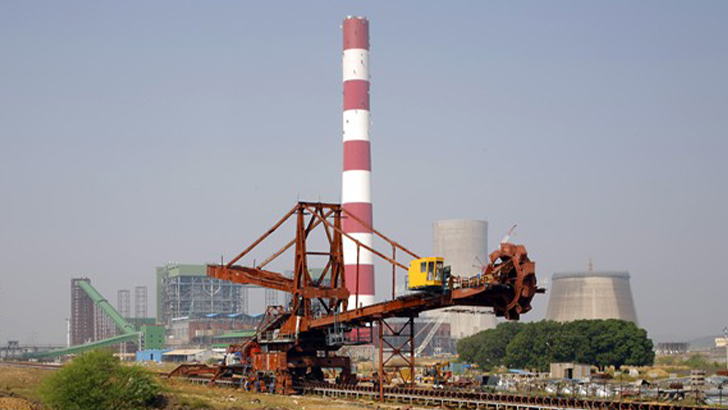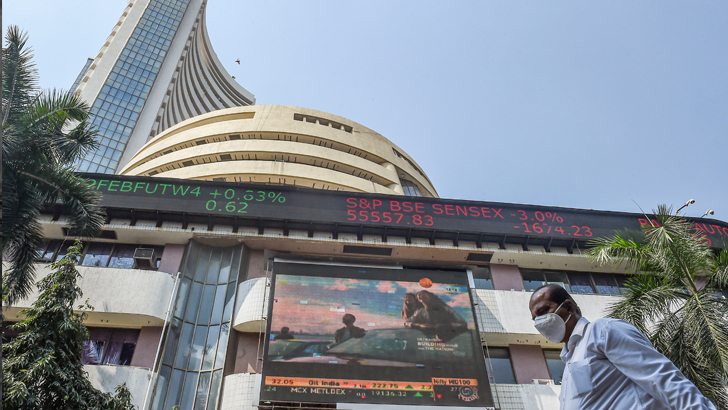IMF raises India's growth projection to 6.8% in 2024
With this, India continues to be the fastest growing economy of the world, ahead of China's growth projection of 4.6 per cent during the same period
PTI
Washington, 16 April
The International
Monetary Fund on Tuesday raised India's growth projection to 6.8 per cent from
its January forecast of 6.5 per cent citing bullish domestic demand conditions
and a rising working-age population.
With this, India
continues to be the fastest growing economy of the world, ahead of China's
growth projection of 4.6 per cent during the same period. "Growth in India
is projected to remain strong at 6.8 per cent in 2024 and 6.5 per cent in 2025,
with the robustness reflecting continuing strength in domestic demand and a
rising working-age population," said the latest edition of the World Economic
Outlook released by the IMF ahead of the annual spring meetings of the IMF and
the World Bank.
At the same time,
growth in emerging and developing Asia is expected to fall from an estimated
5.6 per cent in 2023 to 5.2 per cent in 2024 and 4.9 per cent in 2025, a slight
upward revision compared with the January 2024 WEO Update.
IMF in its January
update had projected 6.5 per cent growth for India in 2024. "Growth in
China is projected to slow from 5.2 per cent in 2023 to 4.6 per cent in 2024
and 4.1 per cent in 2025, as the positive effects of one-off factors ––
including the post pandemic boost to consumption and fiscal stimulus –– ease
and weakness in the property sector persists," the IMF said.
Global growth,
estimated at 3.2 per cent in 2023, is projected to continue at the same pace in
2024 and 2025. The forecast for 2024 is revised up by 0.1 percentage point from
the January 2024 WEO Update, and by 0.3 percentage point from the October 2023
WEO, the IMF said.
Policymakers
should prioritize steps toward greater economic resilience such as
strengthening government finances and revitalizing economic growth prospects,
said Pierre-Olivier Gourinchas, chief economist of the IMF. "Despite
gloomy predictions, the global economy remains remarkably resilient, with
steady growth and inflation slowing almost as quickly as it rose. The journey
has been eventful, starting with supply-chain disruptions in the aftermath of
the pandemic, an energy and food crisis triggered by Russia's war on Ukraine, a
considerable surge in inflation, followed by a globally synchronized monetary
policy tightening," he said.
The chief
economist said global growth bottomed out at the end of 2022, at 2.3 per cent,
shortly after median headline inflation peaked at 9.4 per cent. Growth this
year and next will hold steady at 3.2 per cent, with median headline inflation
declining from 2.8 per cent at the end of 2024 to 2.4 per cent at the end of
2025. Most indicators continue to point to a soft landing, he observed. "We
also project less economic scarring from the crises of the past four years,
although estimates vary across countries. The US economy has already surged
past its pre-pandemic trend. But we now estimate that there will be more
scarring for low-income developing countries, many of which are still
struggling to turn the page from the pandemic and cost-of-living crises,"
Gourinchas said.
"China's
economy remains affected by the downturn in its property sector. Credit booms
and busts never resolve themselves quickly, and this one is no exception. Domestic
demand will remain lackluster unless strong measures address the root cause.
With depressed domestic demand, external surpluses could well rise. The risk is
that this will further exacerbate trade tensions in an already fraught
geopolitical environment," he said.
Leave a Reply
Your email address will not be published. Required fields are marked *










.png)
.png)

.png)




.png)
.png)
